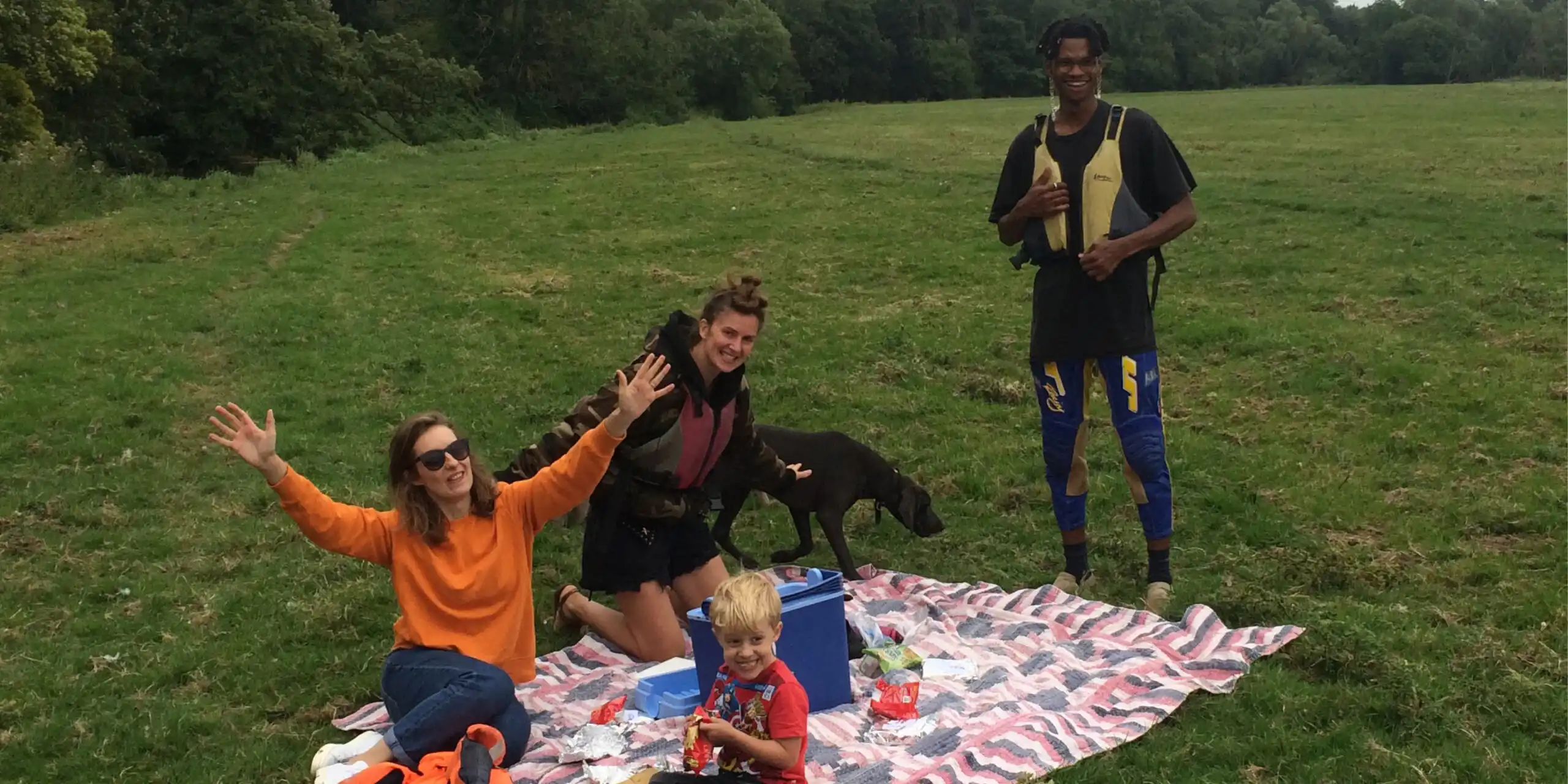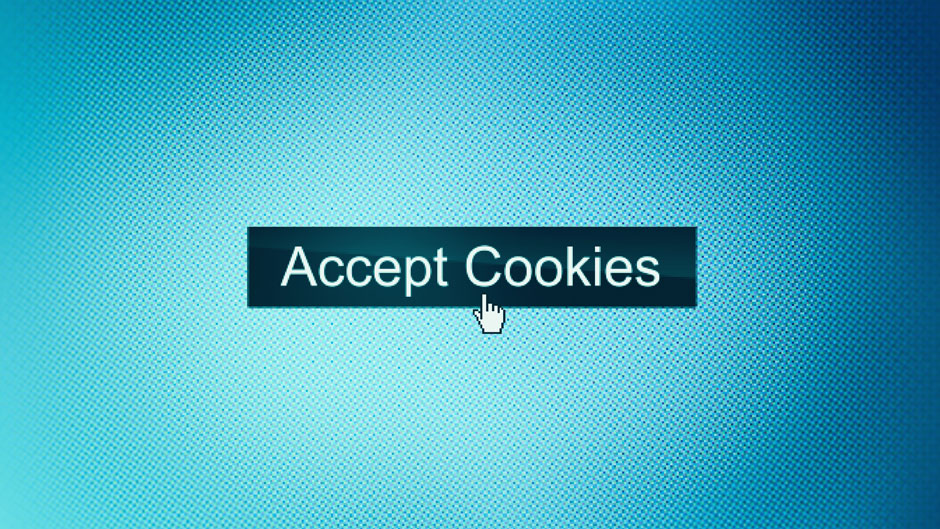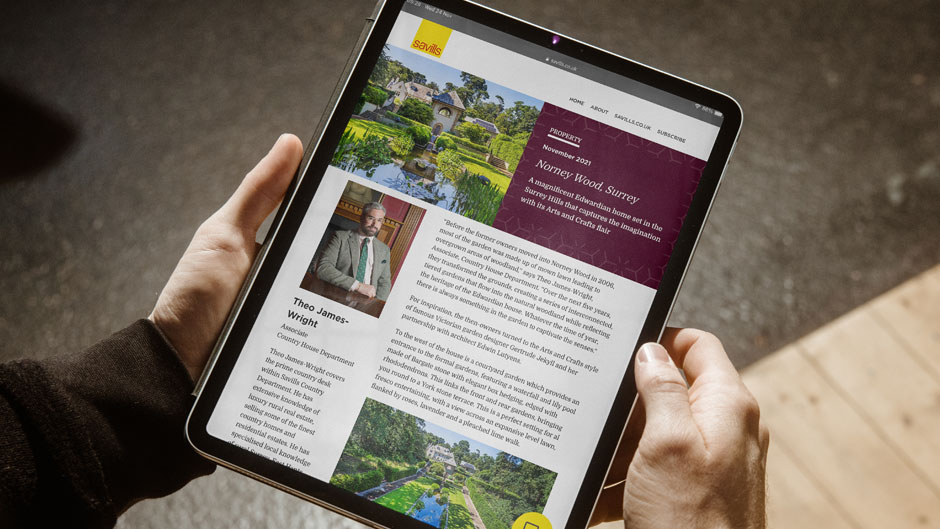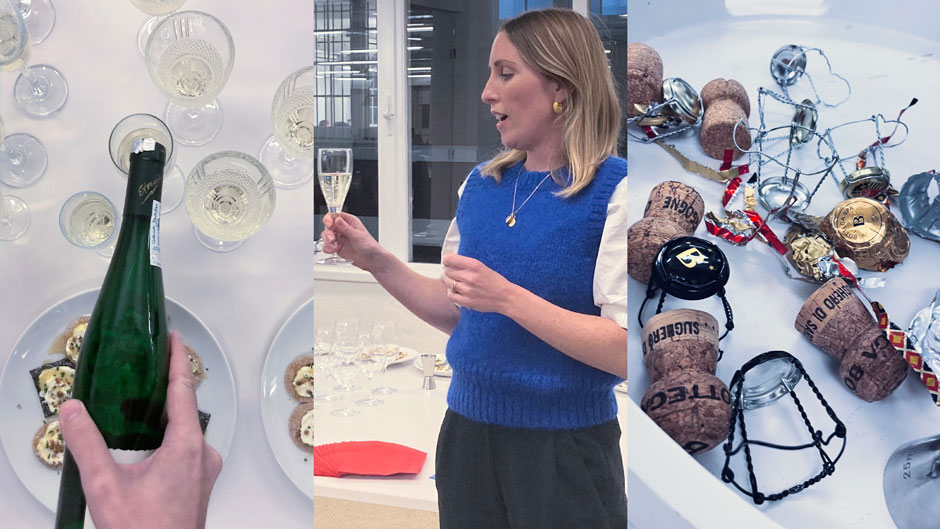Cows are really dangerous. That’s what my mum and dad told me every time we saw one. If we were on a country walk and there were cows in a field, we would all panic because we thought we were going to get attacked and the cows would try and eat us. I’m still wary of them now.
I’ve been at Sunday for almost a year, and time has flown by. My focus is the visual side of the digital content we produce, creating user journeys and designing/directing a huge range of digital and video content. It’s exciting to take brilliant narratives and digital journeys across channels.
Turns out I can’t live without coffee. I gave up coffee last week and then, this week, I’m straight back on it. And the best coffee? You need to head to Paris, to the Rose Bakery.
I’ve recently been lecturing about design on the Creative Advertising and Marketing degree courses at London South Bank University and University of the Creative Arts, teaching students about brand development, social media, digital marketing and digital journeys. I learned a lot doing that – students are full of great ideas.
A weird food combo I like is apple and peanut butter. Cut the apple and use the peanut butter as a dip. Basically, anything with peanut butter is good.
Three words to describe Sunday: busy; opportunity; progressive. We’re busy, there’s a lot of opportunity here on an interesting range of clients and projects, and there’s such a progressive mindset that’s rare to find.
I worked on the launch of The Guardian Weekly magazine. It was my second job out of university, but I was given such free rein on the design. I really enjoyed it and am proud that the title is still going strong.
It’s a Wonderful Life is a movie I never get tired of watching.
I loved art direction and set design, and I got a scholarship at a small set and costume design school in Drury Lane. The course was taught by a group of real theatre aficionados – creative directors of the Royal Shakespeare Company and Mike Leigh. It was an amazing experience to help bring the characters worlds to life.
We recently shot a diversity and inclusivity campaign for our client ICAEW and as a team we managed to create something that has real integrity.
The exciting thing about digital design is that it’s almost infinite in scope. The potential for creativity is huge but keeping it human-centred is key. Currently, I’m fascinated by TikTok and how short-format video is changing how we consume content.
I went to see The Women in Black at the theatre a few years ago. It was the most terrifying experience of my life. The closest thing to real magic is immersive storytelling. Throughout the play they keep the air conditioning cooler in the theatre so the audience are on-edge and jumpy.
My guilty pleasure? There is no such thing! Switching off and doing absolutely nothing is the best.




